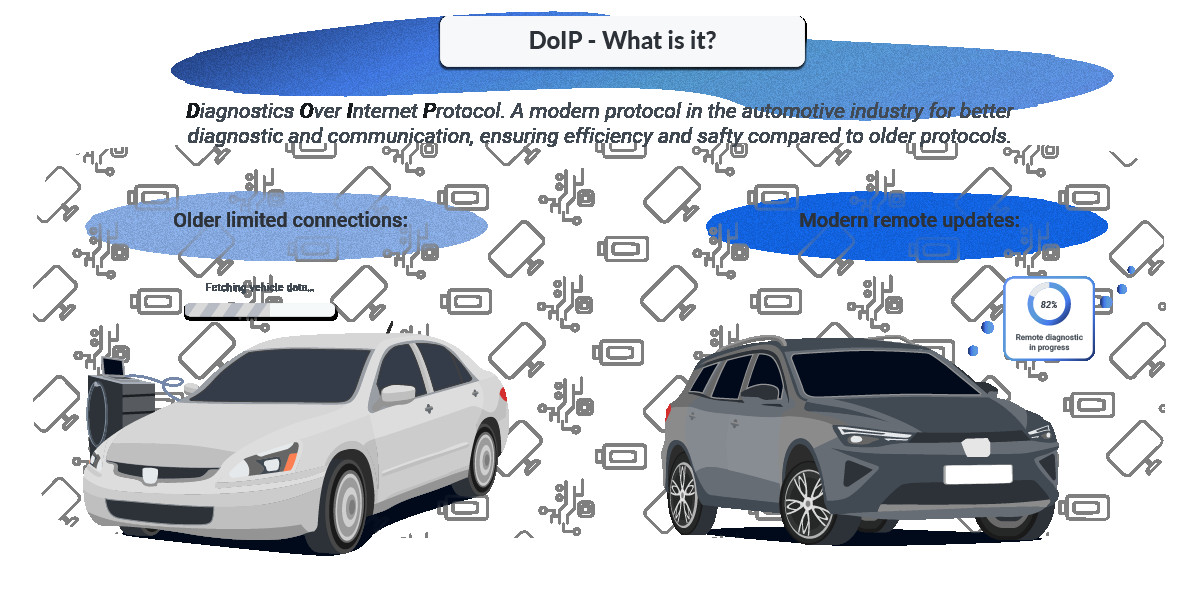What is OEM Software? Unveiling its Role in Modern Automotive Tech
OEM (Original Equipment Manufacturer) software has become a cornerstone in various industries, and the automotive sector is no exception. In today’s tech-driven landscape, understanding what OEM software entails is crucial, especially for professionals in auto repair and diagnostics. This article delves into the definition, applications, and benefits of OEM software, shedding light on its significance in modern automotive technology.
OEM software refers to software applications that are developed and licensed to hardware and software manufacturers. These manufacturers then bundle this software with their own products, often selling them as a combined offering. This model has gained considerable traction, particularly with the rise of Software-as-a-Service (SaaS) and its inherent flexibility. The modular nature of SaaS makes OEM software integration seamless and efficient.
Decoding OEM Software in the Automotive Context
In the automotive industry, OEM software plays a pivotal role, especially in diagnostics and repair. Think of automotive diagnostic tools: many rely on OEM software to communicate with a vehicle’s complex systems. This software is often provided by the vehicle manufacturer (the OEM) to ensure compatibility and accuracy. For instance, when you use a professional scan tool to diagnose an issue with a car’s engine control unit (ECU), the underlying software enabling this communication and data interpretation is frequently OEM software.
The beauty of OEM software lies in its ability to provide users with a more comprehensive and integrated suite of tools. For auto repair shops, this translates to accessing specialized diagnostic functions, repair procedures, and vehicle-specific data directly from the vehicle manufacturer. This streamlined approach simplifies workflows, reduces the need for multiple software solutions, and centralizes critical functions within a single platform.
Benefits of OEM Software in Auto Repair
OEM software offers a multitude of advantages, particularly for automotive professionals:
- Enhanced Diagnostic Capabilities: OEM software often provides the deepest level of diagnostic access, allowing technicians to pinpoint issues with greater accuracy. It can unlock advanced functions and vehicle-specific tests that generic software might miss.
- Access to Official Repair Procedures: Vehicle manufacturers are the definitive source for repair information. OEM software often integrates with or provides access to official repair manuals, wiring diagrams, and step-by-step procedures, ensuring repairs are performed correctly and to factory standards.
- Improved Compatibility and Reliability: Designed specifically for a particular vehicle brand or system, OEM software inherently offers superior compatibility and reliability compared to third-party alternatives. This minimizes the risk of software glitches or miscommunications during critical diagnostic or reprogramming procedures.
- Streamlined Workflow and Efficiency: By consolidating diagnostic, repair, and information resources into a single OEM software platform, workshops can significantly improve their workflow efficiency. Technicians spend less time switching between different tools and can access the information they need more quickly.
- Reduced Development Costs for Tool Manufacturers: For companies developing automotive diagnostic tools, OEM software provides pre-built, scalable solutions. Integrating OEM software saves tool manufacturers from costly and time-consuming development cycles, allowing them to focus on hardware innovation and user interface improvements.
Considerations and the Future of OEM Software
While OEM software offers significant benefits, it’s important to acknowledge a few considerations. Licensing can sometimes be complex, and access may be restricted to authorized repair facilities. Furthermore, some OEM tools are developed by third-party companies, raising questions about long-term support and updates, although this has not hindered their widespread adoption.
However, the advantages of OEM software in the automotive industry are undeniable. As vehicles become increasingly complex with advanced electronics and software-driven systems, the need for reliable and comprehensive diagnostic tools becomes paramount. OEM software, with its deep integration and manufacturer-backed data, stands as a vital asset for automotive technicians and repair businesses striving for accuracy, efficiency, and customer satisfaction. Its role is set to expand further as vehicle technology continues to evolve, making it an indispensable component of the modern auto repair landscape.




